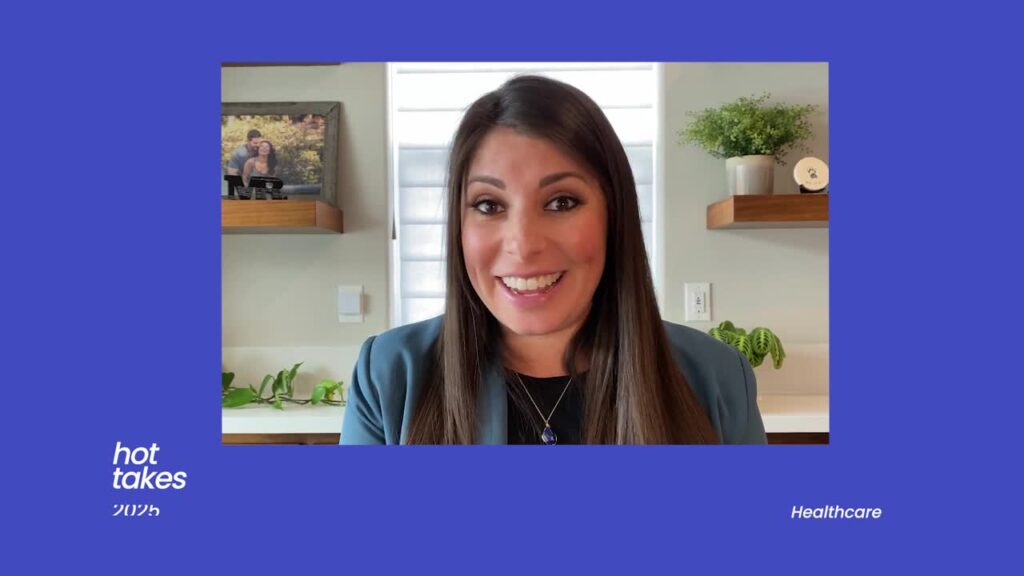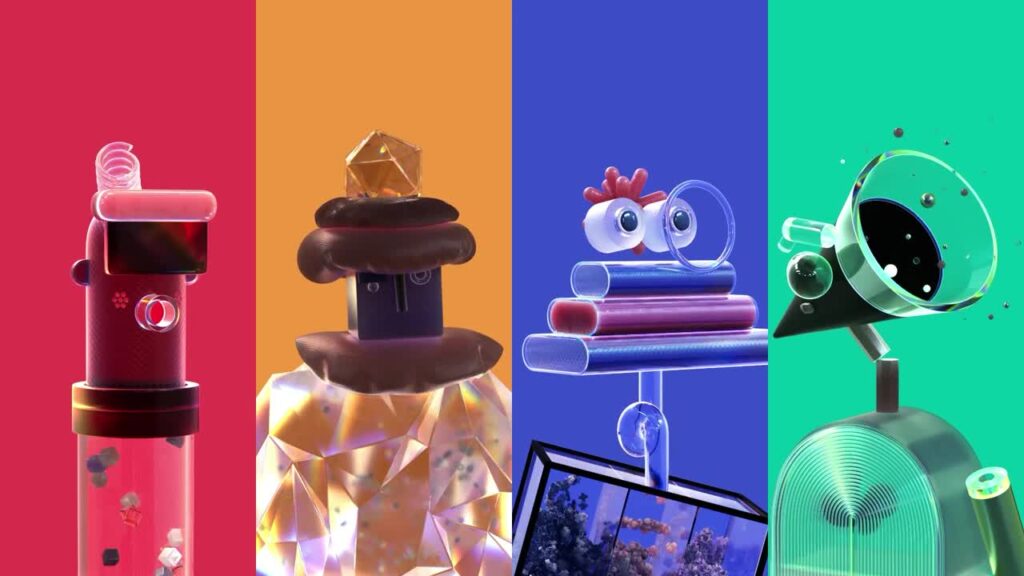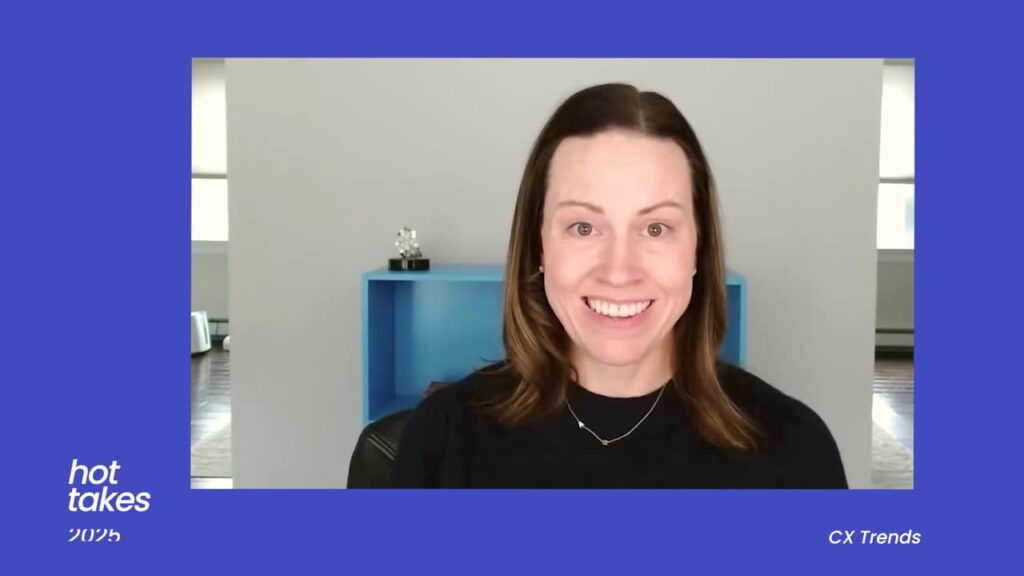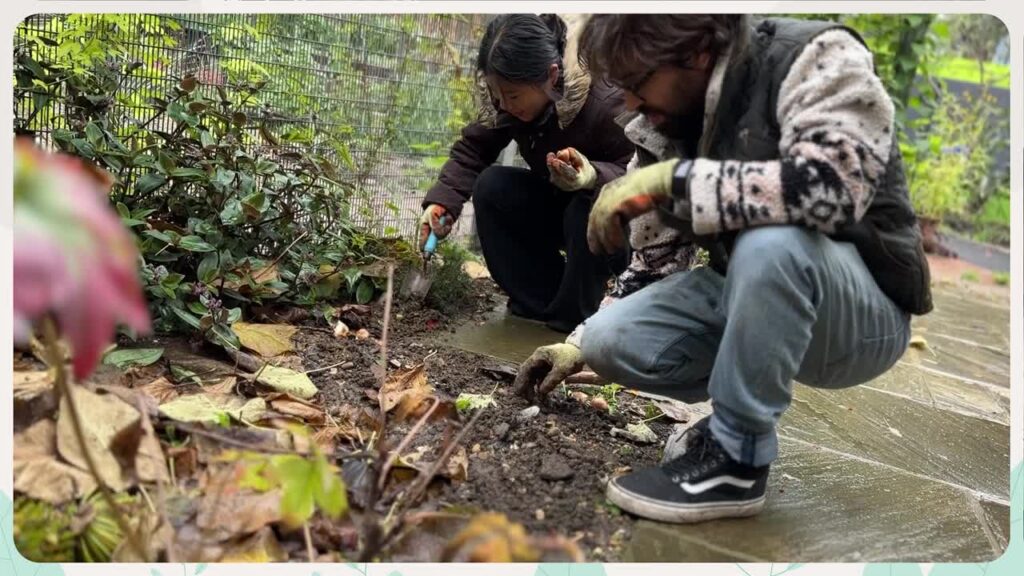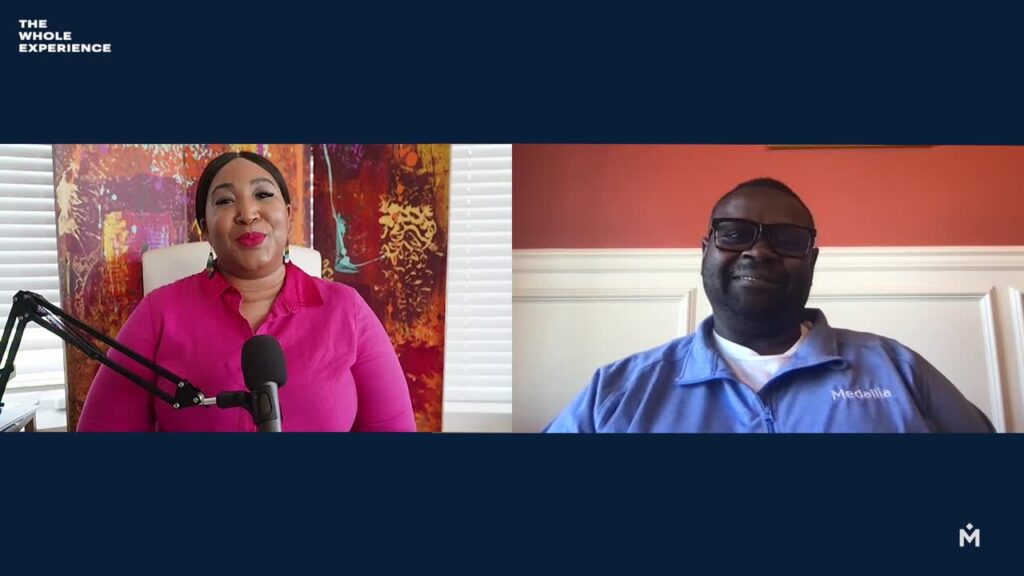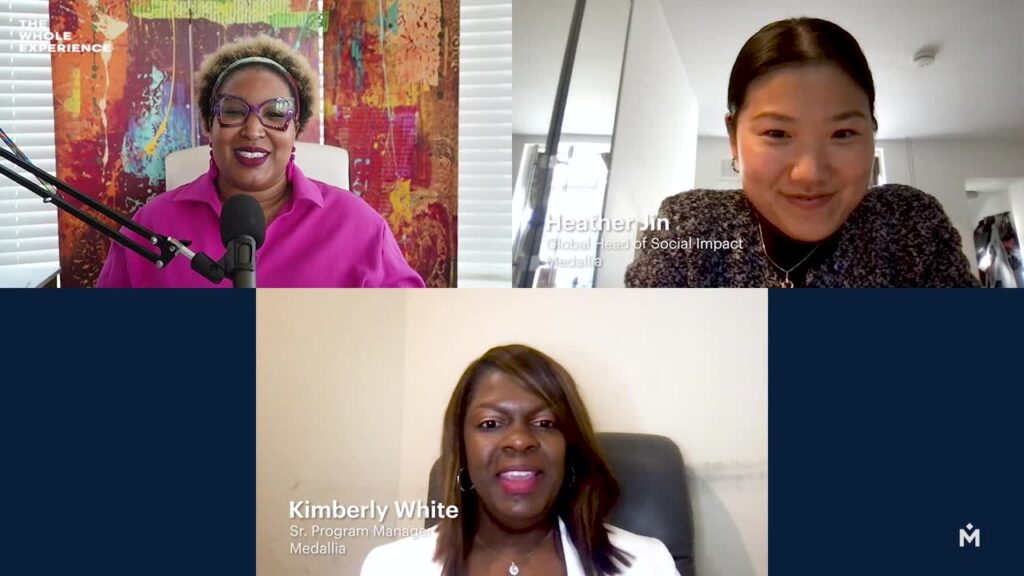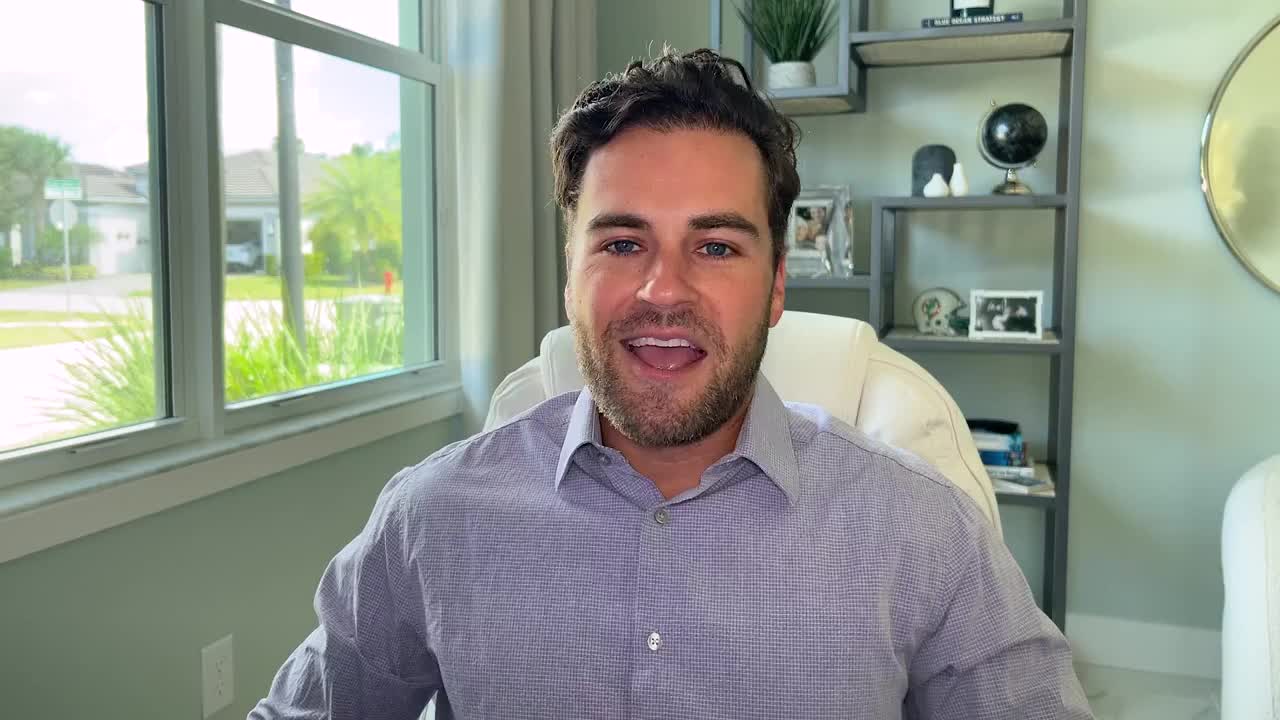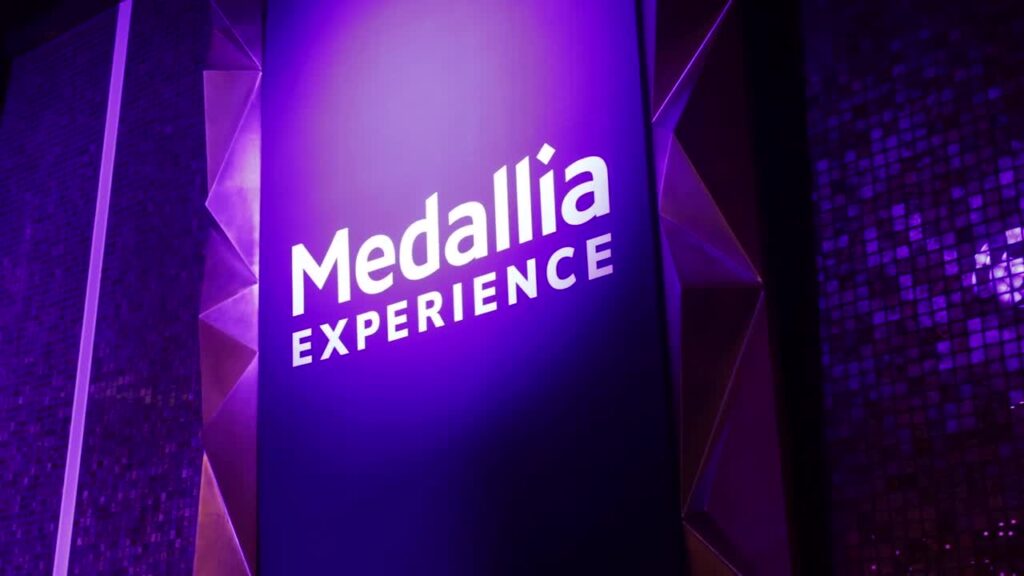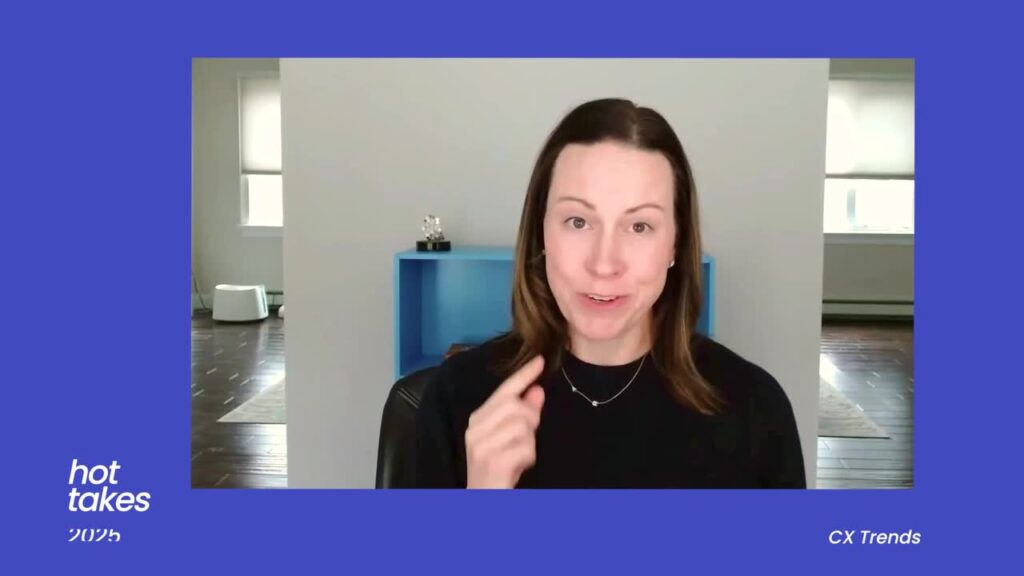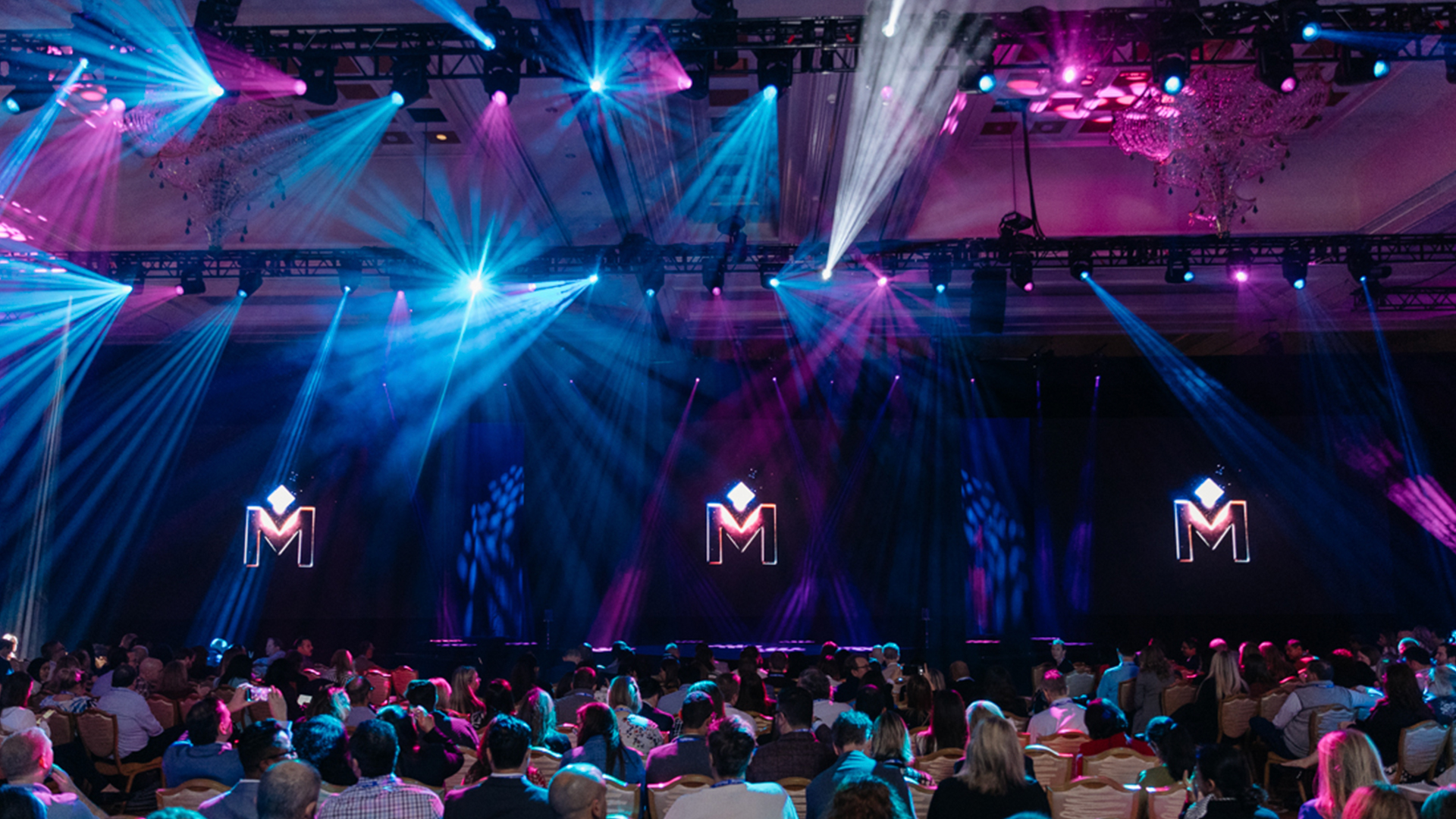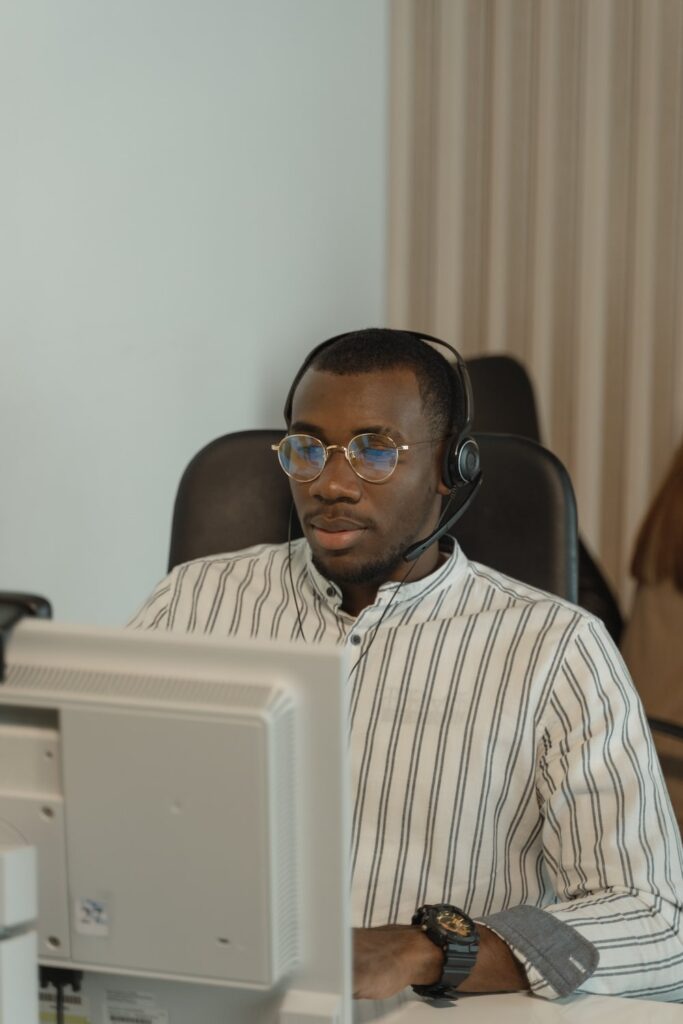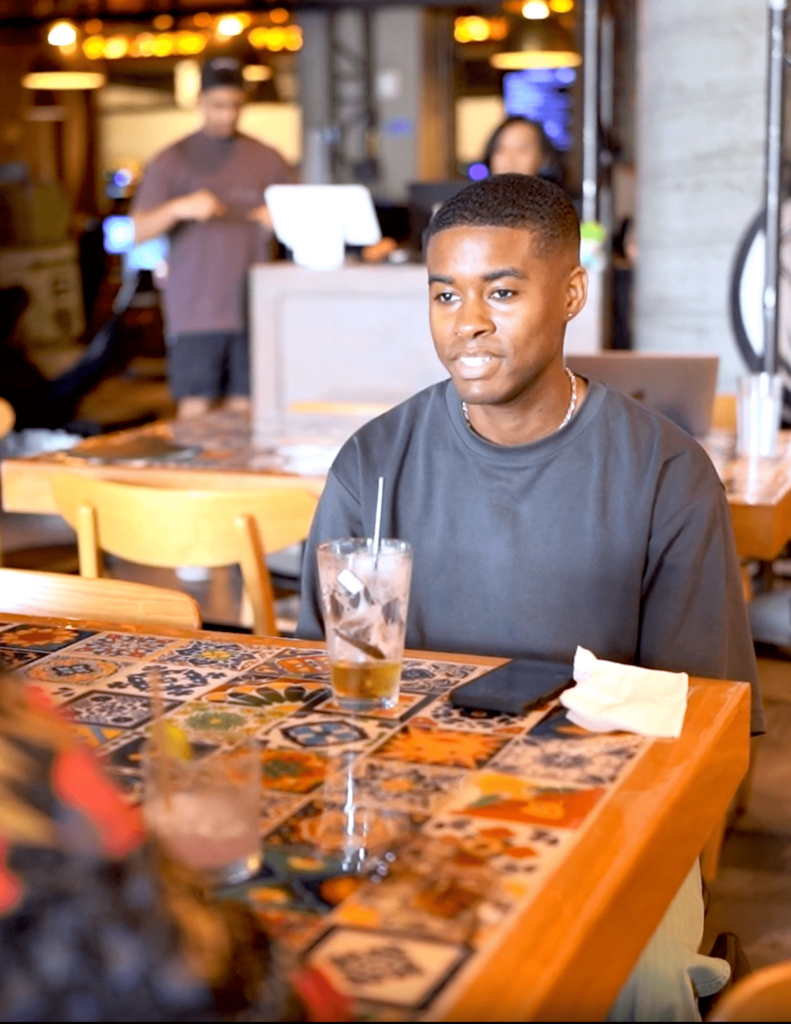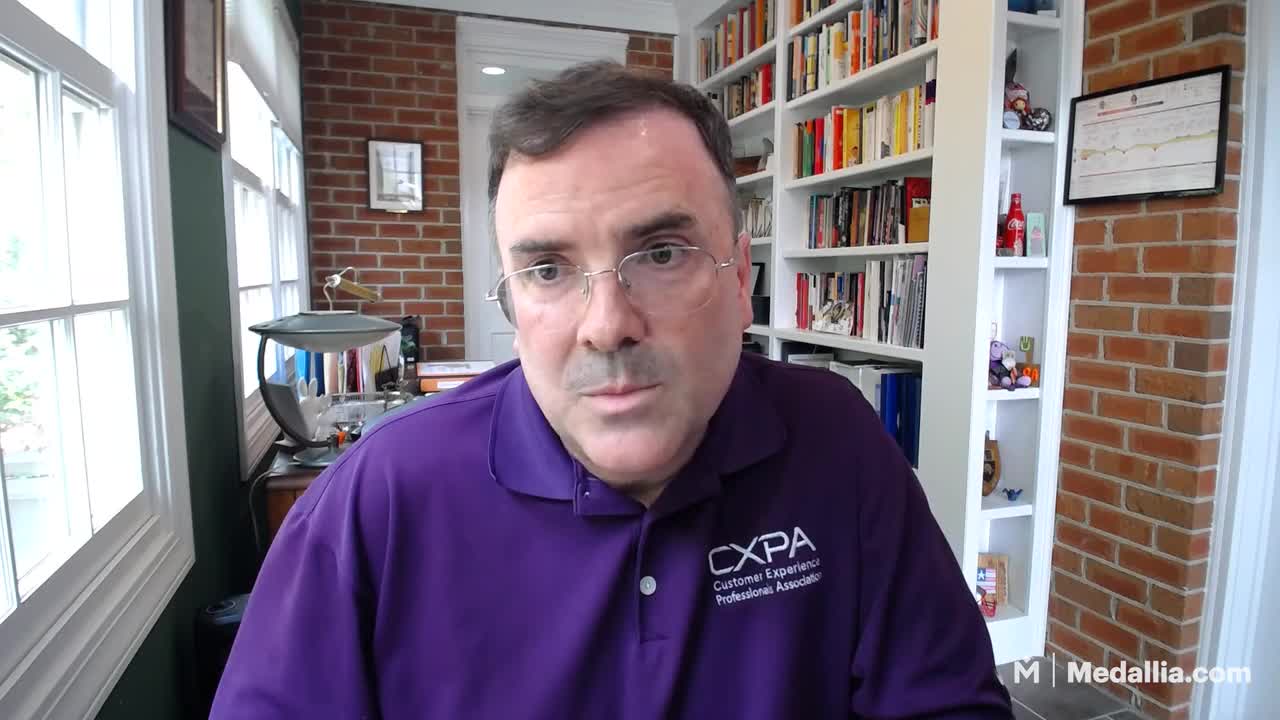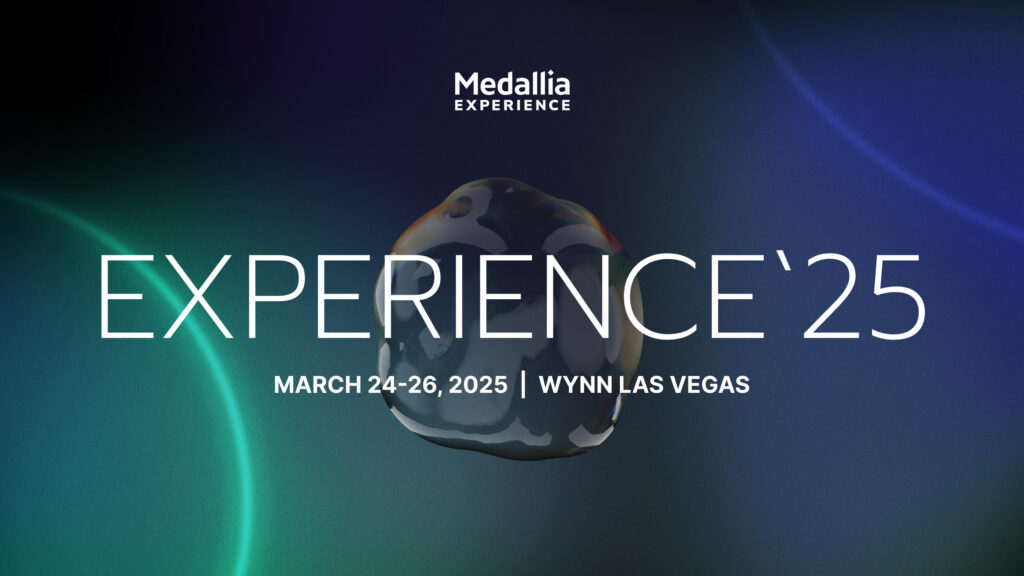Introduction
Hey, everyone, welcome back to Medallia’s Leading With Experience. I’m so excited to be here with you, and we have an amazing guest. Our guest today is Greg Melia, who is the CEO of the Customer Experience Professionals Association, also known to many of you as the CXPA. Greg, welcome to Medallia’s Leading With Experience. I’m really excited to have you on the show. Thanks so much for being with us.
Overview of CXPA
Bill, I’m so glad we found time for this, and thank you for having me as a guest. Oh, we’ve got a lot of great topics to cover today. I’m really excited to get into it. But before we do, Greg, for like the 0.1% of the population that’s probably viewing this that is not familiar with the CXPA, can you give us just a 30 second overview of the association?
Evolution of Customer Experience
Thanks. CXPA, or the Customer Experience Professionals Association, is the global nonprofit independent professional membership society for those that are interested in and advancing the practice of customer experience, whether you are a CX professional, a student who’s interested in the field, or a consultant or provider who supports the CX community. We also issue the CCXP, Certified Customer Experience Professional Credential, and I’m sure we’ll touch on some of the other things that we do in the course of the conversation.
History of Customer Experience
Absolutely, absolutely. So look, you know, we’ve talked about this in the past. Customer experience as a discipline has evolved so much over the last 10, 15, 20 years. Can you take us through maybe a brief history from your perspective to where we are today? I know you’ve got a pretty unique perspective here too, and I think our listeners would love to hear.
Defining Customer Experience
Yeah. You know, it’s really important that we think about the history of where we’ve come from, what that gives us as strengths, and what that gives us as weaknesses, and how it sets us up for our next iteration and where we’re going. I’ll go ahead and be very selfish. I’ll sort of start the history of customer experience in the mid ’90s, because that’s when I was studying at William & Mary, and also the year that I got to meet W. Edwards Deming. And so I take those two things, and I would point out that prior to customer experience, we had the quality management movement. We had definitely a focus on consumer relations in some areas, but the term “customer experience” itself is widely tagged to Lou Carbone in 1994 in a journal article in a marketing field. And I think that it’s important to recognize that in the mid ’90s, we started to have this idea that companies could do better by doing better. And that’s really what customer experience is about, is looking at that whole journey for the customers. It wasn’t until 2011 that CXPA was founded, and it was founded because all of a sudden, we looked around, and we started seeing that a limited number of companies were appointing chief customer officers, or creating a customer experience. And so that became a space where it’s, “Well, if we’re going to have this, we should start exchanging ideas.” And that’s really where CXPA began. In 2014, we took the step to create the CCXP credential, and that really helped to advance the professionalism, but we’ve still been building along the way for those questions of recognition, and definition, and standards. And so it really wasn’t even until this last year, 2022, that you saw both Michigan State establishing a Master’s in Customer Experience and CXPA publishing the CX Book of Knowledge that really allows us to say there is an independent consensus space. So the term has become widely used. You go out on Google, and I think you come up with several million results in less than a second, but is it widely understood? That’s what we should talk about today.
The CXPA Definition
Well, I think that’s a great maybe segue into the next question, but I love the book that you produced. I was able to meet you in D.C. last year, and you were kind enough to share with me, and the Michigan State reference, Lou Carbone, who’s an adjunct, even, at Michigan State. So it’s great to have him involved there. But if you think about sort of that definition, then, Greg, how do you and the CXPA define it? And I want to also get into, as part of maybe that definition, what is like the one thing that you wish CX leaders, practitioners would get right? Or maybe the other way to ask that is what do you think they’re getting wrong? And maybe that’s part of the overall answer in the definition piece, but let’s answer that, the definition piece first.
CXPA’s Definition of Customer Experience
Yeah, let’s go ahead and start with the definition. In CXPA, I worked on bringing together different leaders, different perspectives to create a consensus definition. And that is that customer experience is the perception that an individual has of an organization, one that is formed across all touchpoints, technology, and time. And so it’s important to realize that customer experience is owned by the customer. We have customer experience management, which is our attempt to influence it, but the actual customer experience is that cumulative effect that the individual has. And I think that that’s important, because along the way, I think there have been some real misconceptions.
Common Misconceptions
The first place, and hi, Dad, I bet you’re watching this. My dad will point out that whenever he goes to the grocery store and he has a particularly kind checkout attendant, that that customer service moment is what he thinks of first with customer experience. And I think there’s a lot of people out there who think about that frontline experience as the totality, but it’s not enough, because we have to think about the technology that is creating that checkout experience, the design that is creating that grocery store, the brand and the trust that has been created along the way. And the actual, the operational side. If you went into a grocery store, and you didn’t have the products, so you didn’t have quality products, that would be a problem too. All of those things contribute to the customer experience, not just that smiling clerk that takes something off the top shelf.
Unicorn Marketing Moments
The second major misconception that I think I see in customer experience is people getting confused by these, what I would call unicorn marketing moments. Bill, you’re in the D.C. area. Yep. I wonder if you remember that snowstorm that stranded people on 95 for 18 hours. I was still living in New Jersey at the time of that storm, and I got there, but I remember like Snowmageddon, I think it was called that. And I remember reading this article along the way, and there was a driver of a bread truck, and he opened the back of his truck and started handing out bread. And that is, of course, a very good experience for someone who’s stranded and hungry. But it’s not a customer experience program. It’s not sustainable. It’s a unicorn moment. And those unicorn moments and those moments of wow are important, but they should be strategically applied. I just came back from CX Leaders Advance, and Megan Burns used the phrase that customer experience is a commitment to being consistently good and strategically amazing.
Consistency and Strategic Impact
And I think that that is more of what we need to do, is focus more on the consistently good, and recognize that strategically amazing or that element of surprise and wow should be applied sparingly to the right moments, because moments of wow are often expensive.
Business Strategy and Sustainable Operations
If you want the “what have we failed to do,” Bill, people don’t talk about connecting it to the business, and how we’re making sure that we’re not just making the customer happy, but we’re also making the organization’s commitment to sustainable operations possible, and that we’re keeping our employees at a balance.
CXPA’s Perspective on Customer Experience
And Greg, I guess that’s, from your definition, that’s part of broader customer experience management, not the customer experience, so to speak. So would you then say, to use maybe Megan’s terms, would you say that customer experience is the consistently good, and the strategically wow is sort of the business end of that?
Defining Customer Experience – Consistently Good and Strategically Amazing
Yeah, yeah. I have no objection. I guess maybe we should start writing our different theorems, and hypotheses, supporting postulates, and all those things that I tried to forget from geometry, and space, but yes. We do need that consistently good and strategically amazing. I like to say that a good customer experience is one that is good for the customer, is good for the organization, and is good for the employees. Because if it is exceptionally good for one, but not sufficient for the other two, it’s not going to be sustainable.
Connecting CX to Business Strategy
Greg, I wanted to, you mentioned one of the things, just connecting it to the business. I mean, so many organizations are still not thinking about business strategy, and how that connects to the experience being delivered in a consistently good way too. What do you think the genesis of that? Is it just sort of the roots of CX and where we kind of grew up from, or what’s your theory, is it something else maybe?
Avoiding Champion Bias and Addressing Root Causes
I do think that it is part of the roots, and it’s also part of this study that we did with Heart of the Customer on the first year CX leader’s journey. And what happens is that people come in, and the first thing that they’re looking for is to try to make this, what they call quick wins. And quick wins are almost always treating the symptoms of a problem rather than treating the problem itself. And so I think that at its worst, customer experience becomes a vision of somebody flying around the organization with a cape on and fixing upset customers, or broken processes. And that’s not sustainable. I think you, we even saw in Incredibles, that you shouldn’t wear capes. (laughs) That’s a danger in and of itself. But I think that that’s part of the problem, is it’s very easy to recognize the voice that comes through social media, and that voice in social media often amplifies one particular instance. And of course, we want to take care of those one particular instances, but more importantly, we want to change and design so that you never run into those one-offs. And if you’re always going back to the symptoms, you often miss going to the cause.
Superpower of Collaboration
You know, in a past life, we used to call that champion bias, where like somebody would champion singular issues and run around the business to your point, and fix these one-offs, but never connect the dots that they were maybe all interrelated to some root cause somewhere. And then who owns that in the business, how do I define it? It really is a big issue, I think, in our discipline still.
The Future of Customer Experience
I think it is, and I think you hit on two very related things. One is that everything is connected. And what I’m excited about is that the growth in technology is now allowing us to uncover and understand those connections in ways that we never could before. And so I think there’s a bright future on that slide. And then the second is if we’re going to live that definition of impacting the customer’s perception from the first time they learn about the organization all the way through, that is not a one-to-one relationship with one person, or one CX executive. That is bringing the capacity of our entire organizations up. And so how do we make sure that we’re teaching, embedding, and aligning what’s going on on customer experience across the organization. Really the superpower of collaboration, rather than the superpower of correction, which I think was maybe, didn’t make us so popular either.
Technology and CX Evolution
A hundred percent. And kind of to play on that a little bit and just pull that thread, as we think about the evolution of customer experience, Greg, and I’m sure this is something that you all talk a lot about within sort of the walls of the CXPA. Where do you see the discipline going over the next two, three years, right? Like there’s — the ChatGPT effect right now is pretty strong, right? Everyone’s talking about AI, and the next frontier, and how that’s going to impact customer experience, as well as employee experience, for that matter. Where do you see it all going over the next couple of years? How do you think it’s going to evolve and change?
Future Focus on Technology and Design
Yeah, I think, well, first and foremost, I’m so glad that technology is developing in the ways that it is, because the world around us is becoming so much more complex. You are no longer selling to a customer that… I mean, I’ll mention, I have a local pharmacist here in Columbia, South Carolina, and it’s fantastic that when I go in, she asks about my family and how they’re doing. She intervenes on our behalf when we need that to be done. But that doesn’t work when people are purchasing through, across state lines, or across country lines. All of a sudden, you have to have a much more complex system of knowledge. And what’s the key there is that the system has to have the right design. And that’s why I think we’re always going to have a very strong future for customer experience is influencing the design of the technology systems, and figuring out how to bring those in and leverage those.
Technology as a Tool
I think that that is also when we talk about the technology systems and the way that they can be leveraged, is also a really important part to recognize that technology is a tool, and the tool has to be applied to the world.
Evolution of QR Codes and Chat Systems
So Bill, you and I both watched the rise of QR codes, and if you remember, QR codes came out at a time where first you were like, “Oh, why would anyone want to use this? Why don’t they just Google, or do a web search for what they need?” And then all of a sudden, you have the pandemic, and people need a quick, and consistent, and reliable way, and all of a sudden, QR codes take off. So I think it’s going to be interesting.
Adapting to Changing Trends
There have been chat systems available for quite some time now. And truthfully, customers have been slow to adopt them. And until we have a better design system that leverages both the thoughtfulness and the circumstances around us, we’ll have a challenge. And then the second is we have to keep aware of that the world, she’s a-changing. And I remember, right before the pandemic, the entire design of the hospitality system, and even the way that people were driving, all moved towards shared space, and shared ownership. All of a sudden, the world shifts, and that changes as well.
CX Team as Internal Advisors
So how do we make sure that the CX team is working with the insights team, is working with market research, is working with brandings, working with demographics, is looking at global migrations, looking at global economic changes and spaces, and really becomes that internal advisor to the rest of the organization to make sure that we are prepared and adjusted. Not to get what is right. No one is going to be able to predict what is right, but to put ourselves in a position where we can go to the different future possibilities.
Macro Trends and Business Impact
So that’s really important. I mean, that’s one of the, I think a key skill that a lot of CX teams frankly are missing is not just looking at what your customers are doing and saying, but really what are those big macro trends, outside of even your organization, let alone tangential to the business that you’re in. But what are those big macro trends, and how will those start to influence consumer behavior? And then what does that then mean for your business, which ultimately will lead to more experiential sort of narratives from there as well.
Experience Automation and Predictive Actions
Interesting. We talk a lot at Medallia, as you know, about experience automation, and how can we deliver experiences in context, in the journey, not just sort of human to human, because there will always be interactions that require human to human, but also being able to deliver predictive or prescriptive actions, as well as those moments that can be automated machine to machine even, where the digital experience comes into play. And I think that is going to be a really interesting space to continue to evolve, and grow, and learn within, for sure.
Personalized and Predictive Experiences
Yeah, I think that that is… To take those words, and to share that sort of wow moment, one of the examples that I’ve heard is one of the sports arenas that you work with that is able to understand a customer’s preference, know that they’re a seasoned ticket holder, know that they’re coming to a game, understand what their preferences are for their food and beverage outlets, and to incentivize them to come early, because that, in seeing that they’re 20 minutes away, and we can all say 20 minutes away, that is about 17 miles here in Columbia, and about two in D.C., but you get that because your technology systems are connected.
Future Preparation for CX Leaders
For sure. So Greg, one of the things that, as we think about this evolution that we just discussed, where do you see the discipline, from a leader, practitioner perspective, how do they prepare for this future? You mentioned collaboration before as a really important skill, and that has been important for years, will absolutely be important for the next 10, 20, 30 years, certainly in discipline. Like what other areas are you all thinking about from a CXPA perspective even, and the types of skillsets that you are now starting to maybe position for, the future for members?
Adopting Systems Thinking
Yeah, thank you. Well, first and foremost, for anyone who’s tuning in, you are not released from your responsibility to learn the CXPA CX framework, and the five core competencies, with understanding the fundamental elements of CX strategy, and voice of the customer, and data, etc.
But we had agreement at the recent CX Leaders Advance conference that those are the baseline requirements. If you want to be a CX leader, you have to get serious, and the first thing you have to get serious about really is to adopt more of a systems thinking perspective.
Breaking Down Silos and Collaboration
And so if you’re not familiar with systems thinking, I’ll look back and kindly over the shoulder at books over there. It’s important to recognize that all systems have interactions with things that are around them, and there are principles, and we need to think about how those pieces connect. And I agree with Bill when he talks about those many different points of connection, but those kind of points of connection also go beyond your company to your suppliers, to the political socioeconomic settings, et cetera.
So adopting and strengthening your skills on systems thinking and the interconnections will help you break down silos. So it’s important in that sense. The second is absolutely that notion of serving as an advisor, as a trusted advisor within your organization. Your goal should not be to have this best CX department. Your goal should be to have the strongest customer experience delivered by your entire organization.
Strong Business Decision Makers
And that begins, not by teaching everyone about CX, but by understanding everyone’s roles, and having them understand how they play into CX as well. So you are supporting their success at the same time they’re supporting yours, because ultimately, good CX is good for the customer, good for the organization, and good for your colleagues.
And then the other one that I don’t think people spend enough time on is that CX leaders need to be strong business decision makers. There are on occasion ideas that we come up with that would surprise and delight our customers that cost more money than they are worth. (laughs) So that’s something that we need to know. There are times that we come up with ideas that serve a small segment of the market, but the cost to adapt to do them is a challenge. There are times when it’s just unfeasible to connect to the organization’s brand, or to its ability to deliver that particular service.
Balancing Customer, Organization, and Colleague Interests
So customer experience professionals can’t always be looking to optimize what’s best for the customer. They should be looking to optimize what’s best in a sustainable way for the customer, the organization, and their colleagues. It’s a three-legged stool, and you can’t choose one over another. Otherwise, I mean, we would’ve just had the day off today, Bill.
Technology’s Role in CX Evolution
Probably right. (Greg laughing) Probably right. I think that’s a really critical point, Greg. I think, it’s not just about, I mean, you really need to think about the business, your shareholders, shareholder value, and business strategy, and what outcomes you can drive through a CX toolkit, or an EX toolkit, to whether that’s driving top line growth, whether that’s improving efficiency in your organization, or even thinking about how do we further enhance the culture of this business, right? Those three things are what boards care about, what CEOs care about. And if you can connect those two as a CX leader, your chances of success greatly, greatly improve, for sure.
Commitment to Customer Experience and Technology
Yeah, I’ve been thinking about that conversation with boards and CEOs, and I think one of the things that makes me feel particularly optimistic about the future of customer experience is if you go out and you look at the top 100 most respected companies that are in the world, you will see that the top companies are companies that are committed to customer experience. Easy for me to recognize, because they advertise on CXPA’s job board. (laughs) But when you look at Apple, and Amazon, and Microsoft, and Johnson & Johnson, and the other 96 companies that are there, you notice that common commitment to have that balanced… I won’t use balanced scorecard, ’cause I think that particular methodology is in another space. But I will say having that balanced perspective. But too often, because we call it customer experience, people only focus on the customer slice. And we do need to listen to our employees, we do need to listen to the business metrics, and we do need to try to find the results that will deliver a strong return on investment, on the balance sheet, on the employee satisfaction, and on the customer loyalty.
Technology as a Tool for Customer Experience
So Greg, we referenced the technology a little bit earlier in the conversation. What role do you see technology playing in the evolution of experience from your perspective?
Shifting from Data Collection to Comprehensive Tools
Yeah, well, let’s go ahead and jump back, and look at what happened in the early years. And it was a great advance when we brought in some of the different metrics, and particularly the customer survey feedback tools. That was better than flying blind. However, I’d like to play this little hypothetical. Could you imagine if we were successful in getting every company that you interact with to send you a customer satisfaction survey after every touchpoint? You would go mad. (laughs) Yeah. As a consumer, I would be miserable. Yeah, that’s right. (Greg laughing) I think you’d probably even be miserable as the person administering the survey. That’s right. It might be good for the bottom line. So I think that it is obvious to us that we need to shift from data collection that is that one tool, to bringing in a variety of different tools.
Leveraging Technology for Analysis and Prototyping
And specifically, I think we need to move from spaces that require the customer to take an active stance, or have their journey interrupted to give feedback, and increase the number of ways that we can monitor and assess customers. I’m really excited about the technology, that spatial recognition, to be able to interpret the emotion. I’m excited about the technologies that help to track an individual shopper’s journey, and how much time they spent in this space, and whether they made a purchase or not. I’m excited to see the analyses that are happening to give feedback on what people are saying on social media, these areas. Those are all good inputs.
The Role of Technology in Analyzing Patterns
I think what we need to give more thought and space is how can technology, one, look at the patterns across those different spaces, and surface those for a CX leader and their colleagues to work on and look at. The reality is is that simple analysis is not always going to give you a solution. It may well tell you that everyone is moving away from the last gas pump. Well, that doesn’t tell you that you shouldn’t have the last gas pump. It tells you, you should probably go see what’s wrong with the last gas pump. (laughs) The other elements that I’m excited about is how can we use technology to prototype, and to roll out new pieces, and to do more A/B testing. What better than to be able to quickly iterate, and try, and let our customers and our employees have a voice in the selection of what is working and what is not working. So I’m really excited about that, but I’m curious, what are you most excited about on the technology side, Bill?
The Future of Technology and Consumer Interaction
Well, I’m a big student of where technology and devices for consumers are going, right? Just recently, as you know, we had the announcement by Apple about Vision Pro, which is really exciting. I think wearables or new technology, like no or low code, these type of things are really going to fundamentally change the way we interact with brands generally.
Impact of Wearables and Technology on Interaction
I mean, if you watched, the Apple sort of keynote, and Vision Pro, and that video, and the conversation around the product, you can really start to see how, not only from a consumer perspective, but even from a business to business perspective, these devices are going to fundamentally change the way we live, and operate, and interact. Maybe not this year, but at some point, certainly in the near future, and not too distant future.
Signal Capture Beyond Surveys
And when I think about sort of even my role at Medallia, and our position on the importance of signal capture beyond surveys. And not just sort of direct, not just indirect feedback, but also even bringing in operational and financial data into the mix to understand the full sort of hierarchy of metrics from your operational metrics, whether that can be first call resolution, to those more behavioral metrics, and experiential metrics, and then what are the outcomes that those behaviors drive for an organization? And then how do we connect top to bottom, that metric architecture in a way that helps not only organizations make better, faster decisions, frankly in real time, even, but also as consumers, right? How is that information potentially being relayed back to us to make better decisions in the moment? Whether that’s through just a voice assistant, or whatever that might be at some point in the future to help guide us through our own needs and intents, depending on whether the brands we’re buying from, or the spaces that we frequent.
Real-time A/B Testing and Data Challenges
That to me is really a really interesting space, where I’m personally just putting a lot of brain space into, just because I think the interplay of data between the brand and the consumer, and how we can be helping each other improve those experiences, sort of those real-time A/B tests almost even, right? That to me is really exciting, and something that I personally as a consumer, I can’t wait for. And that does pose challenges, right? I mean, that’s going to expand data like massively, right? So that will create its own set of new problems, too.
Collaboration and Skill Enhancement
Well, it is interesting when you say that, because one, I love your passion as you’re talking about it, and for those that are tuning in and might be intimidated by Bill’s statement, I think he would agree that this is really an example of the good, better, best. You know, never let it rest, keep working till your good is better, and your better is best, you know? So if you’re just at the basic survey time now, this is great, but think about what you’re building next. I would complement what you’re saying, is he’s saying we’re also going to see that same thing on the employee and knowledge management side.
Remote Work and Cross-functional Teams
Increasingly, employees are working remotely, they’re working in cross-functional teams, and when I say cross-functional teams, this is no longer marketing and sales working together. This is people coming from all sorts of different parts of the organization, sometimes across national boundaries. And that’s all enabled by this understanding of where people’s particular skills are. Who’s an expert in the data analysis, who’s the expert in the text analysis.
Future of Work and Collaboration
And really to be able to think about how in the future, we’re going to have, I think, many more free agents, who are working as independent consultants, or are working in smaller consultancies that are partnering, to be able to connect brands to platforms, to expertise. And whether that team is coming to you from your internal side, or from a trusted partner, or another space, the real question is, can they bring the skills to the table when you need them now? Rather than the same problem we had with CX at the beginning, which is only getting the feedback a month or a quarter after, and everything’s being shortened. How do I find somebody who has time today to help me solve my problem?
Experience Automation and Inner Loop Feedback
Yeah, and I’d take that back to experience automation, right? So especially that in moment, like obviously, if you are, I’ll take the example of a mortgage foreclosure. That’s not something that’s going to be a purely digital experience, nor should it ever be, right? Or maybe a life insurance event. These are things where you really do need human interaction, but how do you think about and leverage technology to deliver, and close the loop even, right? That inner loop piece in real time. Unfortunately, kind of given the times where we are, no one’s adding more employees to close the loop with their customers, so how do you automate some of this, and give sort of the closed loop feedback process and scale?
Balancing Technology and Human Interaction
And I love that, but I mean, your point is so strong that there are certain things that humans want humans to help them with. And so that thought of how technology can be of aid to take care of the routine, and allow the humans to focus in on the spaces that require compassion and empathy, that’s a real strength of a good CX program.
CXPA’s Role in the Future of CX
Yeah, a hundred percent. Greg, I’m curious, where do you see, or what is the CXPA’s role in the future of CX?
Global Customer Experience Understanding
Yeah, I think that one of the key things that we have to keep in mind is that customer experience understanding is still very differential across the globe. And so one of the things that we’re very passionate about is to helping to meet companies and individuals where they are in their CX journey. And so we are working to make sure that if a company is just getting started, that they can get advice on the steps that are appropriate for them at that point. And if a company is much more advanced, for people to recognize that just because you’ve done it for a number of years, just because you can compare metric A or B to the previous quarter, doesn’t mean that it’s important anymore. How do we help you take your program to that next space?
Standards, Publications, and Competency
So we will continue to publish independent standards and publications. One that I’m really excited about will come out on CX Day, and it will be discussing the connection between diversity, equity, inclusion, and customer experience. But we’ll have two others, one on data, and one on operations. And then we’re also looking at the question on how we can help organizations better understand the fundamental level of competency that they need to have. There are a lot of great maturity tools that are out there. There are a lot of great awards that are out there. But if I were to say, what is the one thing that I would like to have, I would like to have better understanding across all organizations of what customer
experience means, and what a customer experience program looks like, so that we don’t have this question. Nobody questions what we mean by financial management. Why are we questioning what we mean by customer experience management? Just have to do my job better.
Closing Thoughts and Contact Information
Yeah.
Greg, this has been a great conversation. Thanks for joining us. Before we wrap up, though, for those individuals who are listening or watching, and maybe aren’t members of the CXPA, but want to learn more, where can they find you or the organization?
Explaining Customer Experience
That’s great. Yeah, let me give you two links for people who are looking in. If you are excited about the conversation that we’re having on customer experience, and you want to help increase that understanding, please visit whatiscx.com, and share that. You’ll find some great little videos that are intended for you to explain to your spouse, your children, your coworkers, what customer experience is about, and to get them equally excited. And if you’re interested in learning more, and getting involved with the CXPA community, which is just a fabulous community, please visit us on the web at cxpaglobal.org.
A Humorous Anecdote
That’s awesome. Yeah, Greg, just a really funny quick anecdote. I really wish I had the website whatiscx.com about 22 years ago, ’cause when I was first married to my wife, someone asked my mother-in-law, “What does Bill do for a living?” And she said, “Oh, he’s a hotel concierge.” So it really would’ve been great to say, “Well, here’s a website that explains it all for you,” you know? (both laughing)
Gratitude and Farewell
That’s great. Well, thanks again, Greg. It’s wonderful to have you on. I really hope we get an opportunity to meet in person again really, really soon. And thanks for our viewers here. We appreciate you tuning in to Leading With Experience at Medallia. Have a wonderful day.
